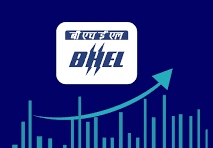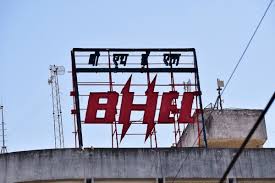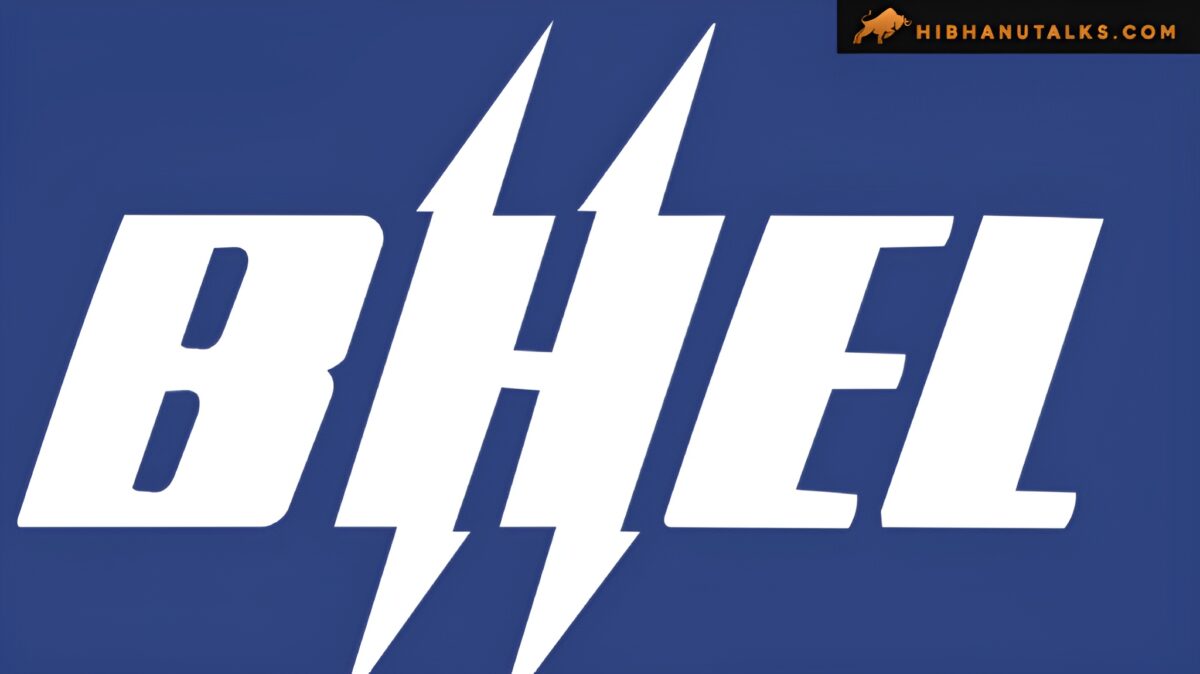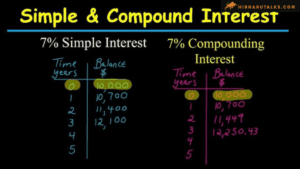
BHEL Reports Strong Q2 FY25 Results: A Turnaround Story
Contents
- 1 BHEL Share Price
- 1.1 BHEL Reports Strong Q2 FY25 Results: A Turnaround Story
- 1.1.1 Power Segment Performance
- 1.1.2 Stock Market Reaction
- 1.1.3 Adjusted Financials
- 1.1.4 Government Initiatives and Market Demand
- 1.1.5 Strong Order Inflows
- 1.1.6 Rising Expenses and Operational Challenges
- 1.1.7 Transformer Market Dynamics
- 1.1.8 Conclusion
- 1.1.9 FAQs:
- 1.1.9.1 1.What was BHEL’s revenue in Q2 FY25?
- 1.1.9.2 2.How much did BHEL’s net profit increase from the previous year?
- 1.1.9.3 3.What percentage of BHEL’s operations is from the power sector?
- 1.1.9.4 4.What were the key segments contributing to BHEL’s revenue growth?
- 1.1.9.5 5.What factors contributed to BHEL’s revenue increase?
- 1.1.9.6 6.How did the stock market react to BHEL’s Q2 results?
- 1.1.9.7 7.What orders did BHEL secure in Q2 FY25?
- 1.1.9.8 8.What challenges did BHEL face regarding expenses?
- 1.1.9.9 9.How has the transformer market affected BHEL?
- 1.1.9.10 10.What are the government’s plans for thermal power capacity?
- 1.2 BHEL Share Price
- 1.3 DLF Reports Impressive Growth in Q2 FY25: A Comprehensive Analysis
- 1.1 BHEL Reports Strong Q2 FY25 Results: A Turnaround Story
BHEL Reports Strong Q2 FY25 Results: A Turnaround Story
In a remarkable turnaround, Bharat Heavy Electricals Ltd (BHEL) reported a net profit of ₹106 crore for the second quarter of FY25, bouncing back from a net loss of ₹63 crore during the same period last year. This resurgence reflects the company’s robust operational strategies and the growing demand in the power sector.
BHEL’s revenue from operations surged by an impressive 28.5% year-on-year, reaching ₹6,584 crore in the July-September quarter. The significant growth in revenue highlights the company’s recovery trajectory and its strategic focus on capitalizing on the burgeoning opportunities within India’s energy landscape.


Power Segment Performance
Diving deeper into the numbers, BHEL’s power segment emerged as the star performer, with revenues rising 23.5% to ₹5,028.28 crore. This segment remains the backbone of BHEL, constituting approximately 70% of its overall operations. Meanwhile, the industrial business, which ranks as the second-largest segment, also experienced a remarkable 48% increase in revenues, amounting to ₹1,555.82 crore.
BHEL’s industrial segment caters to critical sectors such as transportation, defense, aerospace, and captive power plants. As India seeks to enhance its infrastructure and energy capabilities, BHEL’s diverse portfolio positions it well to meet the evolving demands of these industries.
Stock Market Reaction
Following the announcement of these impressive results, BHEL’s share price soared, trading at ₹238.5 on the NSE—a substantial 10% increase from the previous close. This positive market response underscores investor confidence in BHEL’s future prospects and its strategic direction.


Adjusted Financials
In a significant move, BHEL restated its figures from the previous year, adjusting expenses from ₹5,753.32 crore to ₹5,519.32 crore. These revised figures account for deferred tax, provisions, and write-offs, providing a clearer picture of the company’s financial health.
Government Initiatives and Market Demand
The Indian government’s renewed focus on developing thermal power projects has played a crucial role in revitalizing BHEL’s fortunes. With a marked increase in demand for coal-fuelled power generation, BHEL is well-positioned to leverage this trend, being the largest power equipment manufacturer in the country.
Notably, India’s power consumption increased by 3.5% year-on-year to 145.4 billion units in July, followed by 4.7% growth in August. Despite a stable consumption rate in September, BHEL secured orders worth approximately ₹52,000 crore for 9.6 gigawatts (GW) of thermal power projects in FY24—the highest value ever for coal-based projects.


Strong Order Inflows
BHEL’s order inflows in Q2 FY25 surpassed expectations, exceeding ₹30,500 crore. Key orders included ₹13,300 crore from Damodar Valley Corporation for the Koderma thermal power station, ₹11,000 crore from Adani Power, and ₹6,200 crore from NTPC for the EPC of the Sipat thermal power project.
As of YTDFY25, BHEL has already secured 10 GW in project orders and is actively pursuing an additional 8 GW, expected to be finalized by March 2025. This order momentum aligns with the government’s ambitious plan to establish 80 GW of thermal power capacity by 2032.
Rising Expenses and Operational Challenges
Despite the positive financial performance, BHEL’s expenses have been a concern, increasing 19% to ₹6,570.6 crore. This rise was driven by an 18% increase in the cost of materials and services, reflecting the broader challenges faced by the manufacturing sector.
BHEL’s management acknowledged that past orders, won without raw material pass-through variation clauses, have pressured its operating margins. Transformer manufacturers, in particular, faced hurdles in ramping up production due to global supply chain disruptions, copper price volatility, and raw material shortages.


Transformer Market Dynamics
A recent report by Wood Mackenzie revealed that lead times for procuring transformers have surged over the past two years, now ranging from 120 to 210 weeks globally. Transformer prices have escalated by 60% to 80% since January 2020, primarily driven by a more than 40% increase in copper prices during the same timeframe.
Additionally, meeting the Central Electricity Authority of India’s (CEA) short circuit criteria presents a challenge for transformer manufacturers. The diverse range of ratings and voltage classes preferred by developers to optimize costs complicates the supply landscape.
Conclusion
BHEL’s remarkable turnaround in Q2 FY25 illustrates its resilience and capacity to adapt to the evolving energy landscape. With strong financial performance, increasing order inflows, and a focus on meeting the growing demand for thermal power, BHEL is well-positioned for sustained growth. BHEL Share Price, The company’s efforts to navigate operational challenges and capitalize on government initiatives will be crucial as it continues to drive India’s energy ambitions.
FAQs:
1.What was BHEL’s revenue in Q2 FY25?
A. BHEL’s revenue from operations in Q2 FY25 was ₹6,584 crore.
2.How much did BHEL’s net profit increase from the previous year?
A. BHEL swung into a net profit of ₹106 crore from a net loss of ₹63 crore in the same quarter last year.
3.What percentage of BHEL’s operations is from the power sector?
A. The power sector accounts for approximately 70% of BHEL’s operations.
4.What were the key segments contributing to BHEL’s revenue growth?
A. The power segment and the industrial business were the key contributors to revenue growth.
5.What factors contributed to BHEL’s revenue increase?
A. Increased demand for thermal power projects and effective operational strategies contributed to the revenue increase.
6.How did the stock market react to BHEL’s Q2 results?
A. BHEL’s share price jumped by 10% after the results were announced.
7.What orders did BHEL secure in Q2 FY25?
A. BHEL secured significant orders from Damodar Valley Corporation, Adani Power, and NTPC.
8.What challenges did BHEL face regarding expenses?
A. BHEL faced rising expenses due to increased material and service costs, impacting profit margins.
9.How has the transformer market affected BHEL?
A. The transformer market has faced supply chain disruptions and rising costs, affecting BHEL’s operations.
10.What are the government’s plans for thermal power capacity?
A. The government plans to establish 80 GW of thermal power capacity by 2032, presenting opportunities for BHEL.
DLF Reports Impressive Growth in Q2 FY25: A Comprehensive Analysis





















1 comment